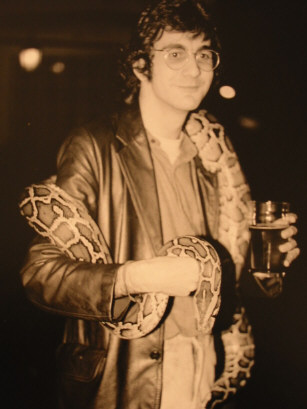

Many foreigners consider English food to be very poor. While French food, Chinese food, Mexican food and even Japanese food is popular in many countries, it is rare that you can find an English restaurant outside of England.
For many years this poor reputation was no doubt deserved; English cooks often boiled vegetables so much, they became soft and tasteless. Meat was cooked too long, and few cooks used herbs to give the meat flavour.
Because of this, few English people ate out in restaurants. If they did, they would choose to eat foreign food. In the 1970s and 80s it became cheap to go on holiday to Spain. Many people who visited Spain liked the food. When they returned to England, they wanted to eat Spanish food; it tasted good and reminded them of their holiday. Foreign food and foreign restaurants became fashionable.
In the 1990s things began to change: it became fashionable to eat traditional English food again. Now it seems as if the days of foreign food being fashionable are over. The English have regained their pride in their own cooking; they even go out to expensive restaurants to eat English food.
This trend is nowhere more true than in the City of London. This is the part of London where all the banks have their main offices. At lunchtime the City's bankers come out of their offices, and head for expensive restaurants where they eat traditional English food: fish and chips, steak and kidney pie, mashed potato and sausages.
Until the 1990s you could only find these kinds of food in cheap restaurants. These restaurants were called 'caffs' or 'greasy spoons' because the food was always greasy, and you used a spoon to eat it.
More and more English people are worried about their health and their diet. Everyone knows we should not eat too much greasy food because it is bad for our heart. Slowly the 'greasy spoons' are disappearing. Now it is only in the expensive restaurants that you can eat traditional English food.